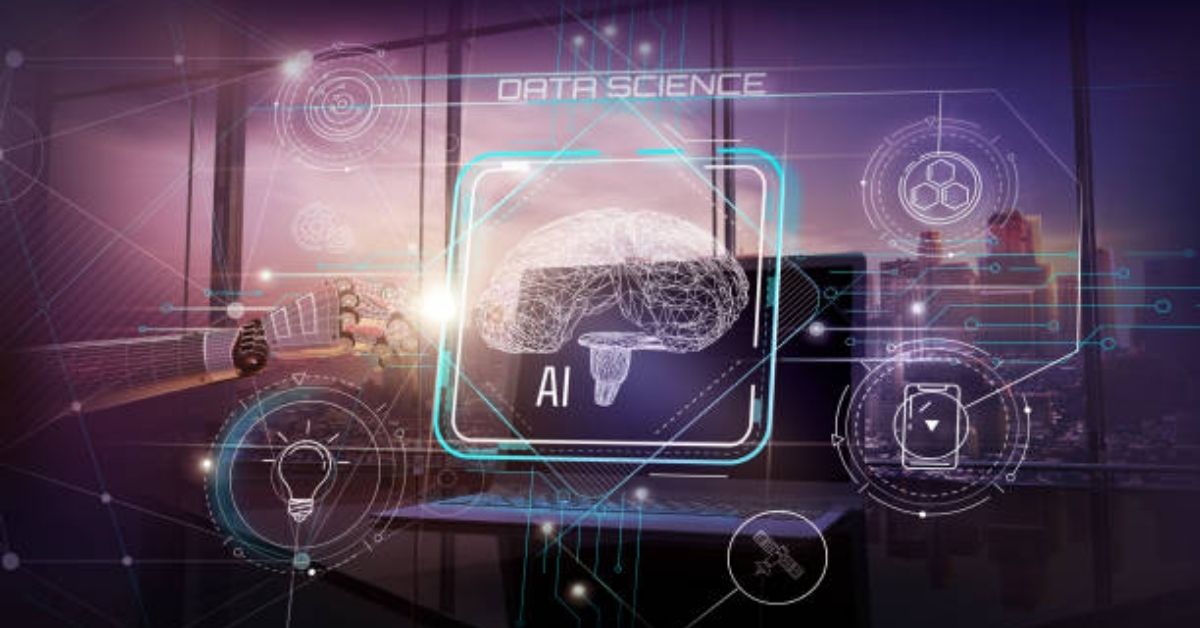The current data science is quickly being converted into artificial intelligence, and as a result, it is becoming quicker, smarter, and more scaled to real-life issues. However, we can fast forward to 2025, and the situation is far more serious. As per the increase in concerns regarding cybersecurity, deepfakes, and identity theft, AI is not enough anymore. And this is where liveness detection comes into the picture, a very important tool that introduces an additional level of trust and security to the systems powered by AI.
Data science is no longer the thing employed only to analyze numbers in this new era. It is about the creation of sophisticated systems that can detect fraud, identify, and defend sensitive information. The AI and liveness detection combination is the missing piece that data scientists need to address issues that, in product-security-oriented markets such as finance, healthcare, and e-commerce, seemed impossible.
The Way AI Supports Data Science
Artificial intelligence in data science has played a key role recently. AI can assist in automating complicated operations, such as data cleaning, predictive modeling, and trend analysis. It helps it to understand the gargantuan amounts of structured and unstructured information, logging the activities of its users and information found within social media.
By 2025, AI is supposed to be fully integrated in the data science pipeline—automating decision-making, producing real-time insights, and making applications smarter all around. But along with this pace and magnitude lies a much higher possibility of information leaks and abuse, particularly when important data or the identity of a user is concerned.
Liveness Detection Is Becoming More and More Important
Liveness detection is a technology that attempts to establish whether a biometric sample, such as a face, fingerprint, or voice, is collected by a live individual or simulated, for example, on a photo, video, or recording. It is an important part of biometric authentication, or of protecting systems against impersonation by forged identities.
In the modern world, where there are deepfakes and fake identities that can be used to combat security procedures, liveness detection is central. It can be particularly helpful with systems whose components are based on facial recognition, voice command, or identity verification via a video camera. It makes the data collected in the data science models trustworthy and ensures that only real human users affect systems when being implemented in them.
Cybersecurity Privacy Detection with AI and Liveness Detection
Artificial intelligence and liveness detection that combine cybersecurity are among the factors considered to be one of the most significant data science trends in 2025. AI in cybersecurity can be used to perform predictive analytics to intercept a threat before it occurs, and liveness detection can be used to ensure that only authentic users of certain systems or authorized to make high-risk transactions.
Or, to take an example of banking apps that involve facial recognition, under those conditions, liveness detection will prevent unauthorized access, even in the event that a photo or deepfake video is used. The AI algorithms would then observe the behavior patterns and the transactional data before marking out any suspicious activity. Collectively, they constitute a powerful defense system that is driven by data science.
The Reasons Why Data Scientists Care
With threats developing to a higher level of sophistication, data scientists must look beyond the algorithms and accuracy. They should know how such technologies as AI work to improve security, trust, quality of data, and a combination with liveness detection.
By implementing liveness detection in the process of collecting and analyzing the data, a person secures their integrity, which makes it essential in training effective machine learning models. This is particularly relevant in their industries that are characterized by user verification as the key feature (website banking, telehealth, digital learning environments).
In addition, the data scientists with knowledge about cybersecurity concepts and biometrics technology will also be much sought after since organizations are interested in the people who can integrate data science and security.
Real-World Applications
Consumers worldwide are already reaping the rewards of this threefold research as industries that are currently utilizing this combination of data science, AI, and liveness detection achieve better functionality and higher security:
Finance: Companies can use facial recognition and liveness detection to authorize users in mobile banking applications, while AI in fraud detection can scan transactions to identify suspicious activity.
Healthcare: The patients are verified with live face or voice recognition on telemedicine platforms, and it ensures security and reputation.
Retail and E-commerce: AI and E-commerce: Online retailers can utilize AI to develop unique experiences and liveness detection to alleviate unauthentic accounts or false reviews.
Government Services: These technologies are used by the Digital ID systems to provide safe online access to government services such as voting, tax filing, and border control.
Difficulties and Moral Issues
Although the positives are undeniable, there is also the associated ethical issue, namely, the privacy and surveillance. The process of collecting biometric data should be open and with permission. The tendency is that AI algorithms need to be increased to different types of data to prevent bias and liveness detection systems’ adequacy to a wide range of skin colors, light settings, and people with disabilities.
Data scientists have to collaborate with professionals in the legal and ethical field to make sure that the technologies do not infringe on personal rights.
Conclusion
The world of data science in 2025 is not only a matter of scraping insight-it is about creating intelligent, safe, and ethical systems on which the user can rely. With the help of artificial intelligence in combination with liveness detection introduced to the data science pipeline, professionals can manage the increasing number of concerns about cybersecurity and digital identity.
The cooperation between them will become key when organizations seek to stay on the edge as models of threats are evolving. On the part of data scientists, it implies acquiring new expertise, becoming security-first-minded, and being prepared to become a leader in the trust-is-everything world.



